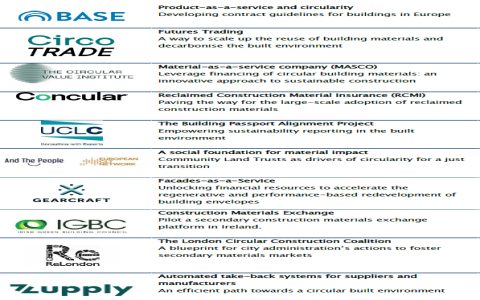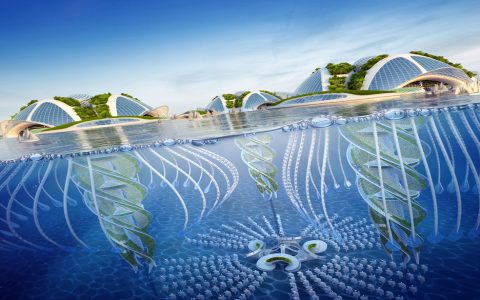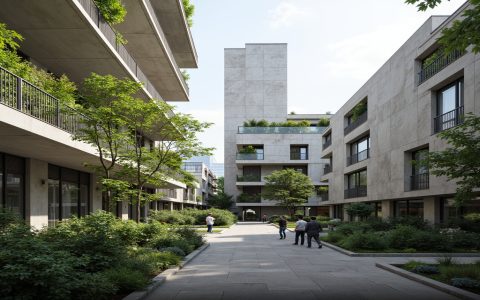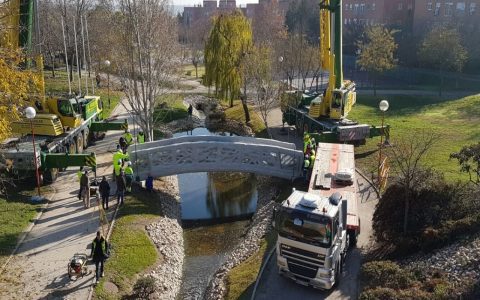Circular building design implements the principles of the circular economy into the construction industry. It fundamentally shifts away from the traditional 'take-make-dispose' linear model. Instead, it focuses on designing buildings to eliminate waste and pollution, circulate products and materials at their highest value for as long as possible, and regenerate natural systems.
Key Benefits Explained Simply
- Reduced Waste: Designing for disassembly allows components to be easily separated, reused, or recycled after the building's useful life, drastically cutting landfill.
- Resource Conservation: Prioritizing reused, recycled, and renewable materials minimizes the extraction of virgin resources.
- Lower Emissions: Reusing materials significantly reduces the energy-intensive manufacturing required for new ones, cutting embodied carbon emissions.
- Enhanced Resilience & Innovation: Creates adaptable buildings and fosters new material and business models like material passports and leasing structures.
- Long-Term Value Creation: Retains the value of materials, potentially lowering life-cycle costs and unlocking new revenue streams through material recovery.
- Environmental Regeneration: Actively supports healthy ecosystems through bio-based materials, green spaces, and avoiding pollution.







